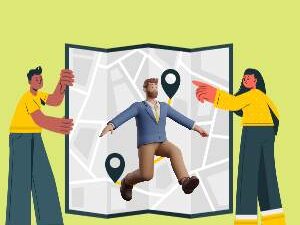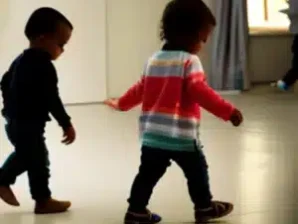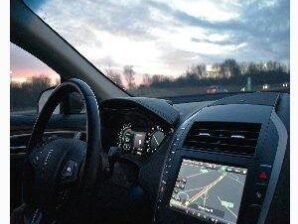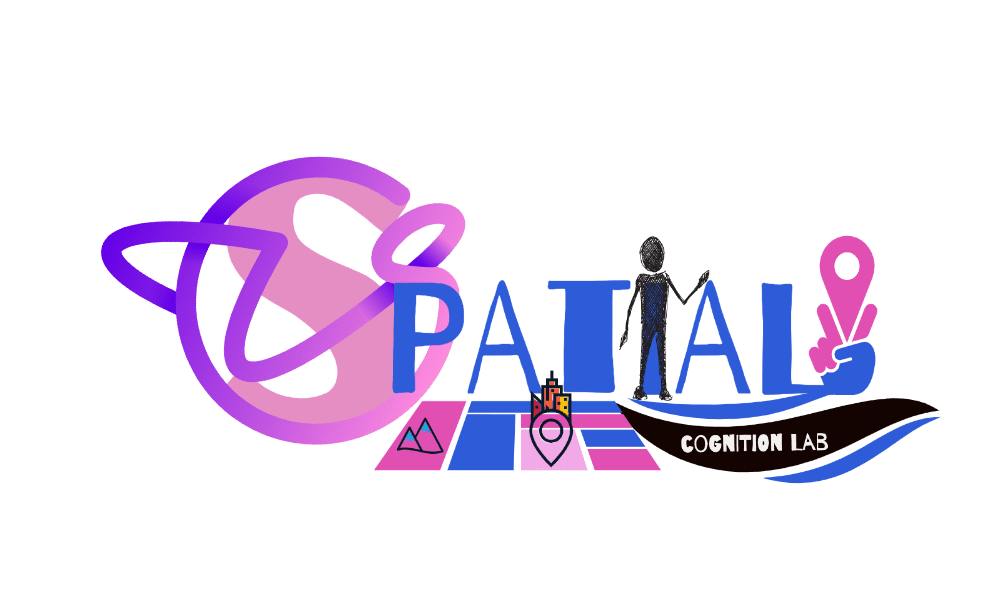It is now online the final published version of the Article “Environmental cognitive load and spatial anxiety: What matters in navigation?” by Raffaella Nori, Micaela Maria Zucchelli, Massimiliano Palmiero and Laura Piccardi published in Journal of Environmental Psychology. In the present study we explored the mediating role of anxiety (spatial, trait and state) in the relationship between cognitive load and spatial navigation (egocentric and allocentric coordinates) using parallel mediation models. A sample of 125 participants (60 females) completed self-reported measures of anxiety (spatial and state-trait) during free navigation in a virtual reality square with or without environmental cognitive load. After the virtual learning experience, three spatial tasks evaluating landmark recognition and the use of egocentric and allocentric coordinates were administered. Results showed that spatial anxiety partially mediated the relationship between environmental load and spatial skills, specifically for egocentric and allocentric tasks. In addition, trait anxiety mediated the relationship between environmental load and allocentric performance. Overall, these findings update the Environmental Knowledge Model (EKM) that explains human navigation in terms of individual and environmental factors. The study results suggest that navigation could be facilitated by reducing anxiety and the spatial complexity of the environment.

More from the Blog





